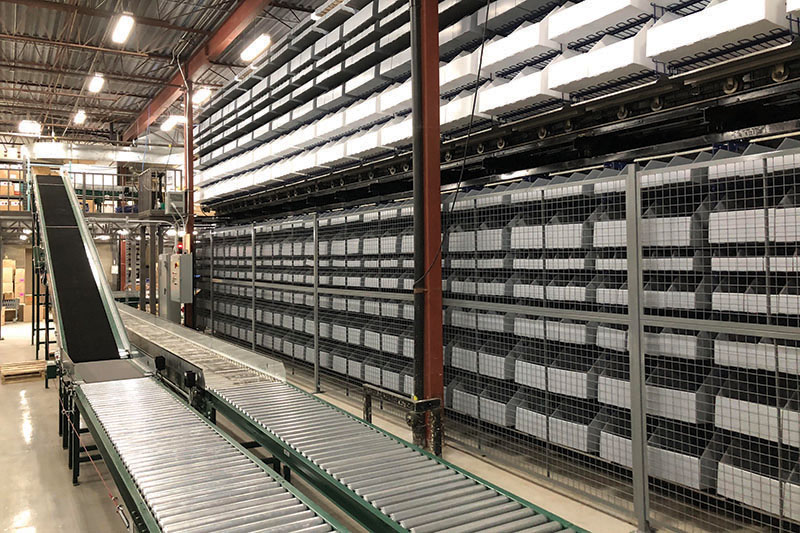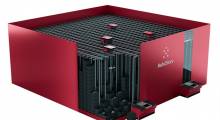In early 2018, Pet Science, an Ontario-based pet products and prescription distributor, encountered serious pick/processing and plant capacity issues. As a result, James Tolley, along with his operations team, had been studying how to increase capacity for several months. Their goal was to accommodate a growing portfolio of pet products in their Brampton, Ontario, warehouse.
They considered new facilities, however, various major obstacles loomed: tight Toronto region greenfield development rules, and the high costs of construction and moving an operation. The obstacles led them to seek answers to one question: How could three times more product be placed into the same facility?
Pet Science was also struggling to manage growing order volumes. As a result of tight labor markets, high turnover costs and the high cost of skilled labor, it was critical to develop methods that delivered more throughput per day with the same staff.
Tolley had heard that goods-to-person (G2P) technologies could increase space and labor efficiencies by two to four times, but had not seriously considered it, primarily due to the high capital cost and limitations imposed by their warehouse management system (WMS). Nonetheless, he decided to investigate further after hearing about a horizontal and vertical carousel systems remanufacturer’s G2P carousel, which featured a warehouse execution system (WES) solution for his WMS control problem.
In the past, Tolley had visited a local operation that tripled its storage capacity with this approach. That site featured two levels of carousels, known as a “double-tiered” configuration. Tolley already owned a shelving mezzanine and hoped he could do the same, connecting self-stacking carousels to his mezzanine with minimal structure costs. But, could the current WMS support automation?
A conversation with the remanufacturer confirmed an answer. The company’s WES software package could provide all the features required to automate, including round robin, pick-to-light and goods-to-person capabilities—without WMS support. The software also offered a tool kit to incorporate specialized technologies that are required outside the carousels.
And, of equal importance, the software provided other mission-critical applications that were previously unavailable within Pet Science’s WMS. In particular, remote RF data capture systems offered powerful methods to process work across multiple zones, including receiving materials, movement from dock to bulk storage locations, transfer from bulk to primary pick locations, RF pick from bulk slots, order consolidation picked from all zones, and integration to shipping modules for determining “best way” shipping.
Additionally, the remanufacturer’s approach to the integration of G2P and other shop floor technologies combined within its WES software ensure the technologies are cost effective. Pet Sciences was able to eliminate its WMS, adding significant bonus money to the labor and space savings that already generated a payback of less than two years.
The horizontal and vertical carousel systems remanufacturer provided full G2P automation, which supported a two-level carousel system that tripled capacity. In addition, it significantly increased labor productivity and provided cross facility IT infrastructure on a tight budget, including remote RF integration. This all occurred affordably on a small scale that couldn’t have been accomplished otherwise.
(847) 955-0980
Article topics







